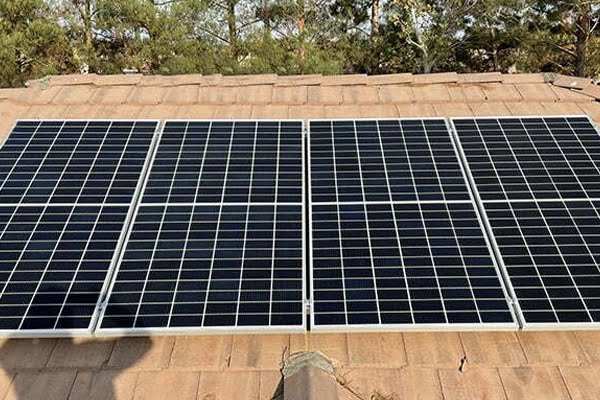As battery storage becomes a popular option for a green home, many homeowners with solar have wondered how a battery can play a significant role with their energy resources. There’s no question that solar with energy storage technology has become a viable and more reliable choice for clean recycled energy and emergency power. The purpose of storage systems is to have the ability to get electricity when the grid is unable to provide energy to the home. In addition, they also cut costs in the long term from using additional energy when the home needs it by redistributing energy that the solar system produces.
BATTERY BASICS
Although solar PV has the ability to provide electricity independent from the utility grid, it’s not able to continue to produce power if the grid was to go down due to a black out. And because solar only powers during the day with the sun out, come evening time there’s no solar production. That when Net Energy Metering bring benefits by providing the home with electricity that the solar system may have produced in excess during the day. This is a great system because energy that’s sent back to the grid is credited for future use when solar in not active, until the grid may suddenly go down. Adding battery storage to a solar home will ensure that the PV system will still function normally during blackout events. And when the grid is up and running again, the solar will continue to feed any excess energy to the battery storage then to the grid for NEM credits. By taking careful consideration of the “critical loads” (only the most crucial appliances and areas of the home that consume energy), the right battery size can be determined to compliment the solar system. The battery unit itself is designed with automated technology that can detect when to store electricity for future emergencies and when to distribute that energy to the critical loads of the home. It also can provide energy to the home at a time when solar is not actively producing electricity, such as the evening hours. This back and forth switching from between the grid and the storage is managed automatically. In the scenario of a blackout, the battery will detect grid failure and will active itself to function as its own independent micro-grid.
BATTERY STORAGE vs. BACKUP GENERATOR
A key difference for a solar home going with battery storage or a backup generator is that battery storage in addition to providing occasional need for emergency power, can provide additional benefits year round by offsetting electricity purchased from the utility. What a backup generator cannot do is significantly reducing the home’s peak demand which can add up to impressive savings from high utility demand charges. Generators can also fail for any number of reasons such as malfunctioning switches, lack of adequate fuel supplies, an incorrect sizing to power critical loads. Another problem is that they tend to sit idle doing nothing. When a generator is not in use for too long, it may be prone to break.
It’s important for homes to weigh in their primary purpose for battery storage. It may not be necessary for every solar home. Adding battery storage can be a lifestyle choice for those that rarely experience rolling blackouts and faulty energy grids in their neighborhood just having piece of mind being completely off-grid energy independent. For the home that considers protection in emergency situations or for health related requirements, battery storage is a safe solution that will provide resilient long lasting power whenever the grid goes down.





